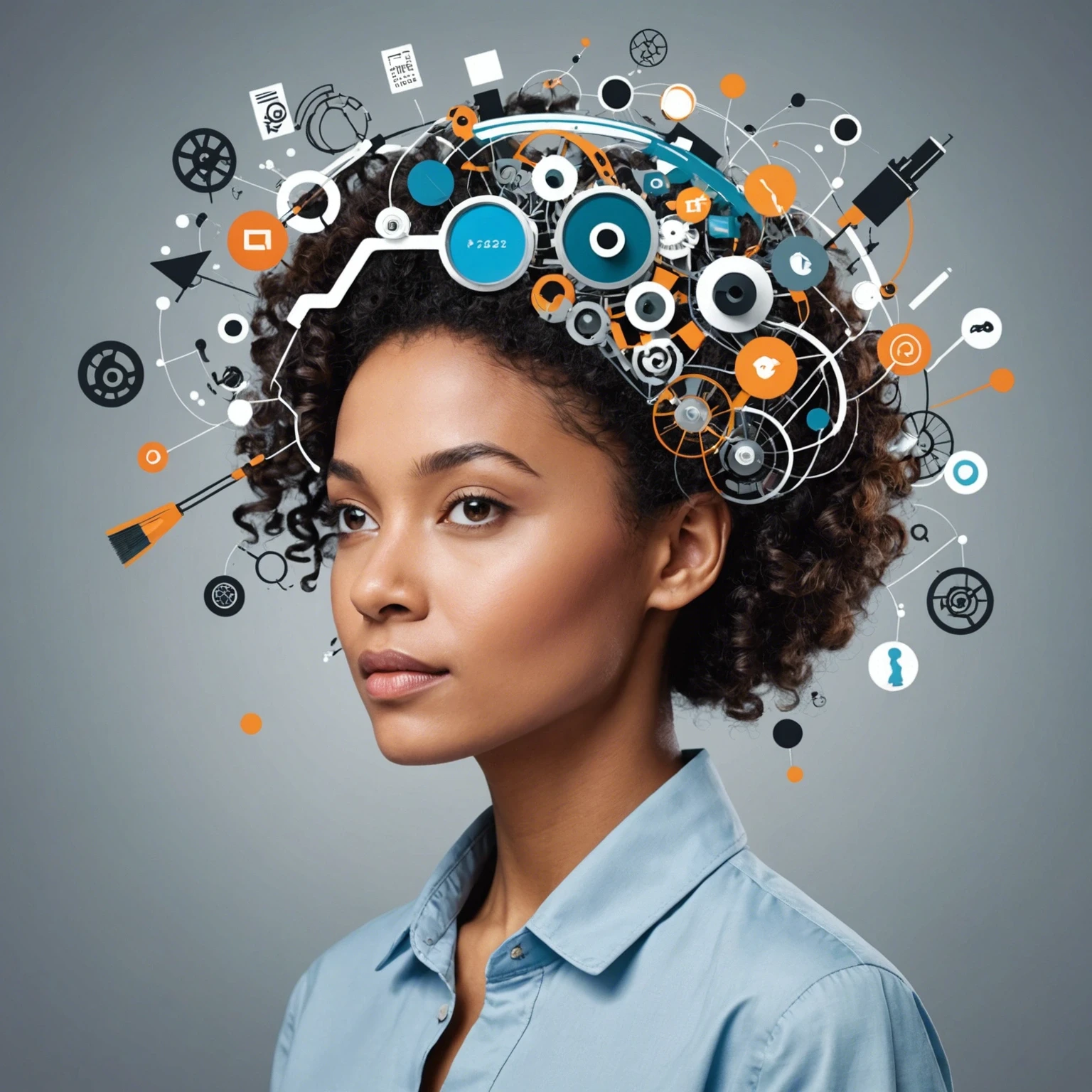2023 Creative Intelligence Trends: The Future of Ad Design
Sep 28, 2023

Introduction:
In today's digitally-driven world, the importance of stunning product images cannot be overstated. With the rise of e-commerce and social media, the visual aspect of products has become more crucial than ever in attracting and engaging customers. However, traditional product photoshoots can be time-consuming and expensive, making it difficult for small businesses or individual sellers to compete with larger companies. This is where AI technology comes in, offering the ability to transform ordinary product images into stunning photoshoots instantly. In this blog post, we will explore the key issues and debates surrounding this topic, as well as provide practical implications and recommendations for readers.
The Key Issues and Debates:
The use of AI in product photography has sparked debates and discussions among photographers, marketers, and consumers alike. One of the main concerns is the potential loss of jobs for professional photographers. With AI technology becoming more advanced, some fear that it will replace the need for human photographers in the industry. However, proponents argue that AI can actually enhance the work of photographers by allowing them to focus on more creative aspects of their craft, rather than mundane tasks like editing and retouching.
Another issue is the potential for AI-generated images to lack authenticity and uniqueness. As AI technology is primarily based on algorithms and data, there is a risk of all images looking similar and lacking a personal touch. This can be a problem for brands that want to stand out and create a distinct image in the market. However, with the right adjustments and customization, AI can produce unique and authentic images that align with a brand's vision and values.
Practical Implications and Recommendations:
The use of AI in product photography has numerous practical implications for businesses and individuals. Firstly, it can significantly reduce the time and cost associated with traditional photoshoots. With AI, product images can be created and edited instantly, eliminating the need for multiple photoshoots and lengthy editing processes. This can be a game-changer for small businesses or individual sellers who may not have the resources for professional photoshoots.
Secondly, AI technology can also improve the overall quality of product images. With advanced editing tools and features, AI can enhance lighting, colors, and other elements to create visually stunning images that are more appealing to customers. This can lead to increased sales and better brand perception.
For businesses, it is essential to find the right balance between using AI technology and maintaining a human touch in their product images. This can be achieved by investing in high-quality images, incorporating personalization, and ensuring that the images align with the brand's values and aesthetics. It is also crucial to continuously monitor and adjust the AI technology to avoid the risk of all images looking the same.
Conclusion:
The use of AI in product photography has both its benefits and concerns. While it has the potential to revolutionize the way product images are created and edited, it also raises questions about job security and authenticity. However, with the right approach and understanding, AI can be a powerful tool in transforming ordinary product images into stunning photoshoots instantly. As technology continues to advance, it is essential for businesses and individuals to adapt and utilize it in a way that benefits both their brand and customers. Further research and discussions are needed to fully explore the capabilities and implications of AI in product photography.